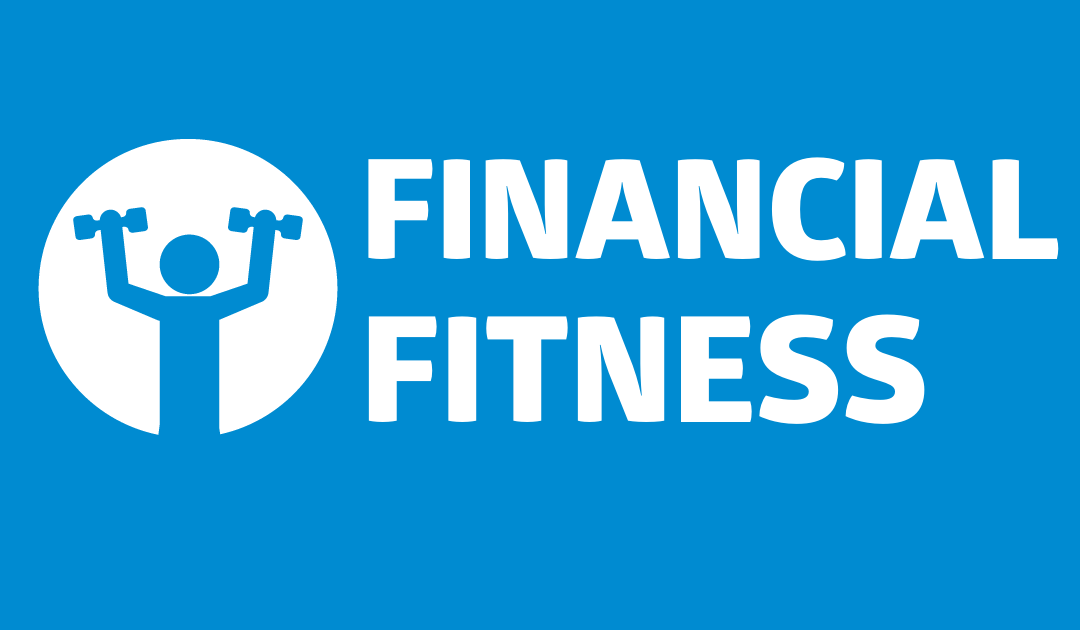By Charlestien Harris
There are so many industry terms used in the home buying process that can be unfamiliar to the average consumer. One example commonly used by the mortgage lending industry is the acronym PITI. PITI is an acronym for a mortgage payment that is the sum of monthly Principal, Interest, Taxes, and Insurance.
Many mortgage lenders estimate PITI for you before they decide whether you qualify for a mortgage. What you don’t want to happen is to get into a loan payment that’s too high to pay back. This could increase the chances that you might default on the loan or miss a payment or two. Knowing your estimated PITI payment beforehand can often times help you shop for an affordable home and it can also make it easier for you to get a mortgage.
To help you better understand the commonly used terminology, I am going to breakdown each of the factors that make up PITI and explain their significance in your journey to purchase a home. The first term is principal. A portion of each mortgage payment is dedicated to repayment of the principal—the original sum total of the loan before the interest or any other amount is added. So, for example, on a $100,000 mortgage, the principal is $100,000. Keep in mind that the interest added to the principal will greatly affect the total amount you will be repaying.
The principal also will dictate how much house you can actually afford and also the type of loan product you may or may not qualify for. Of course there are other factors to consider in this assessment but the principal amount is critical to this process.
The second factor that is also a part of the mortgage payment is the interest. The interest in a PITI payment is the fee you pay for borrowing from a financial institution. Interest on your mortgage is generally calculated monthly. Your bank will take the outstanding loan amount at the end of each month and multiply it by the interest rate that applies to your loan, then divide that amount by twelve.
This is why comparing mortgage interest rates is so important when shopping for a potential lender. The higher your interest rate, the more you’ll pay for your mortgage throughout the life of the loan. A majority of each payment goes toward paying off interest during the early years of a mortgage, and that amount will decrease as the loan is paid down. To reduce the interest you owe, you may want to consider shortening the length of time you borrow the money or paying down your mortgage faster by paying an additional amount that is applied to the principal which can over time reduce the amount of interest you pay.
The third factor that can affect your mortgage payment amount is how you choose to pay your property or real estate taxes. You typically have two choices:
- Pay the property taxes in one lump sum when they become due.
- Send a partial payment to an escrow account monthly that will be applied to that tax bill at the end of the tax year.
For some, not including the taxes in the mortgage payment is attractive because it lowers the monthly payment, but it makes the homeowner responsible for coming up with a lump sum payment at the end of the year when the taxes become due. The alternative allows the tax bill to be broken up into twelve payments that can be deposited into an escrow account that will issue a check to the local tax office when the taxes are due. This choice will increase your monthly mortgage payment but it alleviates the need to come up with that lump sum at one time.
The fourth factor that can contribute to the monthly mortgage payment is the insurance. Like real estate taxes, insurance premiums can be paid with each mortgage installment and held in escrow until the bill is due. There are two types of insurance coverage that may be included: homeowner’s insurance, which protects the home and its contents from fire, theft, and other disasters; and private mortgage insurance (PMI), which is mandatory for people who buy a home with a down payment of less than 20% of the cost.
Because PITI represents the total monthly mortgage payment, it helps both the buyer and the lender determine the affordability of an individual mortgage. A lender will look at an applicant’s PITI to determine if they represent a good risk for a home loan. Other factors that can affect the mortgage payment is the front-end or back-end ratio.
The front-end ratio compares PITI to gross monthly income. Most lenders prefer a front-end ratio of 28% or less, though a few will let borrowers exceed 30%, or even 40%. The back-end ratio, also known as the debt-to-income ratio (DTI), compares PITI and other monthly debt obligations to gross monthly income. Most lenders prefer a back-end ratio of 36% or less although exceptions can be made.
Some lenders also use PITI to calculate reserve requirements. Some lenders require reserve amounts to secure mortgage payments in the event a borrower temporarily suffers an income loss. Often, lenders quote reserve requirements as a multiple of PITI. Two months of PITI represents a typical reserve requirement.
Southern Bancorp Community Partners is a HUD approved housing counseling agency with five HUD Certified Housing counselors on staff. For more information on this topic and other financial topics you can contact me at Charlestien.harris@southernpartners.org or 662-624-5776. Until next week, stay financially fit!

